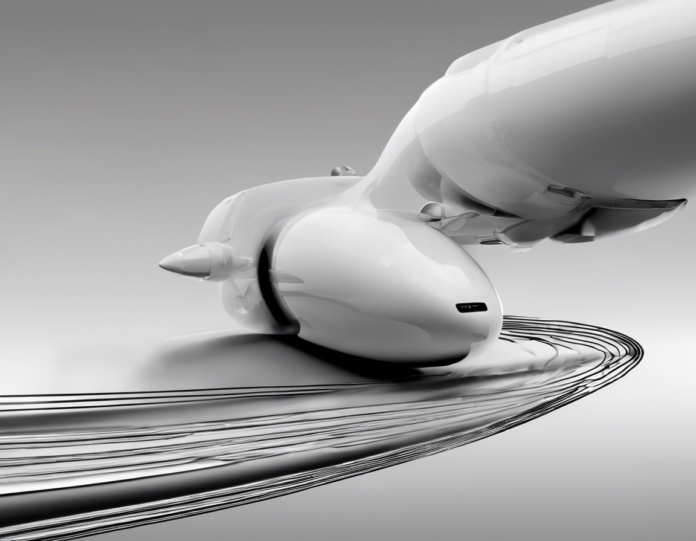Introduction
Understanding the concept of sound and its behavior in different mediums is a fascinating journey into the realm of physics. One of the most intriguing scenarios to explore is the speed of sound in a vacuum. Sound, typically, is a mechanical wave that travels through a medium by displacing particles, creating a chain reaction of compression and rarefaction. In a vacuum, however, where there is an absence of particles, how does sound behave? Let’s delve into this topic and unravel the mysteries of the speed of sound in a vacuum.
Understanding Sound
Before we delve into the speed of sound in a vacuum, let’s review how sound behaves in a medium. Sound is a form of energy that travels through matter in the form of mechanical waves. When an object vibrates, such as a tuning fork or a speaker diaphragm, it disturbs the particles around it. This disturbance causes the particles to compress together, creating a region of high pressure called compression. As the object moves back to its resting position, the particles spread out, creating a region of low pressure called rarefaction.
This pattern of compressions and rarefactions propagates through the medium, carrying the sound wave. The speed at which this wave travels is what we refer to as the speed of sound. In different mediums, the speed of sound varies based on factors such as the density and elasticity of the material.
Speed of Sound in Different Media
In general, sound travels fastest in solids, slower in liquids, and slowest in gases. This is because the particles in a solid medium are closest together, allowing for faster transmission of the wave. Liquids, with particles more loosely packed than solids, transmit sound at a slower pace. Gases, with particles far apart, have the slowest speed of sound.
The speed of sound in air at room temperature is approximately 343 meters per second (m/s). In water, sound travels at around 1500 m/s, and in solid materials like steel, it can reach speeds of up to 5000 m/s. These variations showcase how the properties of a medium influence the speed of sound transmission.
Speed of Sound in a Vacuum
Now, let’s address the intriguing question: what is the speed of sound in a vacuum? The simple answer is that sound cannot travel through a vacuum. This concept is rooted in the definition of sound itself – as a mechanical wave that relies on particles to propagate. In a vacuum, there is an absence of particles, making it impossible for sound waves to travel.
The absence of a medium in a vacuum means there are no particles to compress and propagate the wave. In essence, there are no particles for the vibrating object to interact with and transmit the sound energy. Therefore, if you were to shout in space, no one would hear you, as the sound waves produced would have no medium to travel through.
Implications in Space Exploration
The understanding that sound cannot travel in a vacuum has significant implications for space exploration. In the vast vacuum of space, there is no air or any other medium to transmit sound waves. This is why astronauts on space missions communicate using radio waves or through the vibrations transmitted via their spacecraft.
In popular media, such as science fiction movies, explosions and spacecraft battles are often depicted with dramatic sound effects. However, these sounds would not actually be audible in the vacuum of space. In reality, these events would occur in silence, devoid of the dramatic explosions and laser sounds we are accustomed to in movies.
Frequently Asked Questions (FAQs) About the Speed of Sound in a Vacuum
-
Can sound travel through any vacuum, or are there exceptions?
In theory, sound requires a medium to propagate, so it cannot travel through any vacuum where there is an absence of particles. -
Why is the lack of sound in space often misrepresented in movies and TV shows?
Sound is often portrayed in space scenes for dramatic effect, as it helps create a sense of action and intensity. However, in reality, there would be no sound in the vacuum of space. -
How do astronauts communicate in space if sound cannot travel in a vacuum?
Astronauts communicate using radio waves, which can travel through the vacuum of space. They also rely on vibration-based communication within their spacecraft. -
Are there any ways to detect or measure sound in a vacuum?
While sound cannot travel through a vacuum, scientists can still study and measure phenomena related to sound using instruments and technologies that do not rely on a medium for transmission. -
How does the absence of sound in a vacuum impact scientific research and experiments conducted in space?
Researchers and scientists conducting experiments in space must rely on visual data and other forms of communication and feedback, as sound cannot be transmitted in the vacuum environment.
Conclusion
The speed of sound in a vacuum, or rather the lack thereof, presents an interesting concept that challenges our perception of sound and how it behaves. Understanding that sound is a mechanical wave that relies on a medium to propagate helps us grasp why it cannot travel through a vacuum. The implications of this phenomenon extend to space exploration, where astronauts navigate the silent void of space using alternative forms of communication.
As we continue to explore the depths of space and unravel the mysteries of the universe, the knowledge that sound remains bound to the confines of a medium reminds us of the intricacies and limitations of the physical world we inhabit. The silence of space, devoid of the familiar sounds of our planet, stands as a testament to the vastness and uniqueness of the cosmos.
